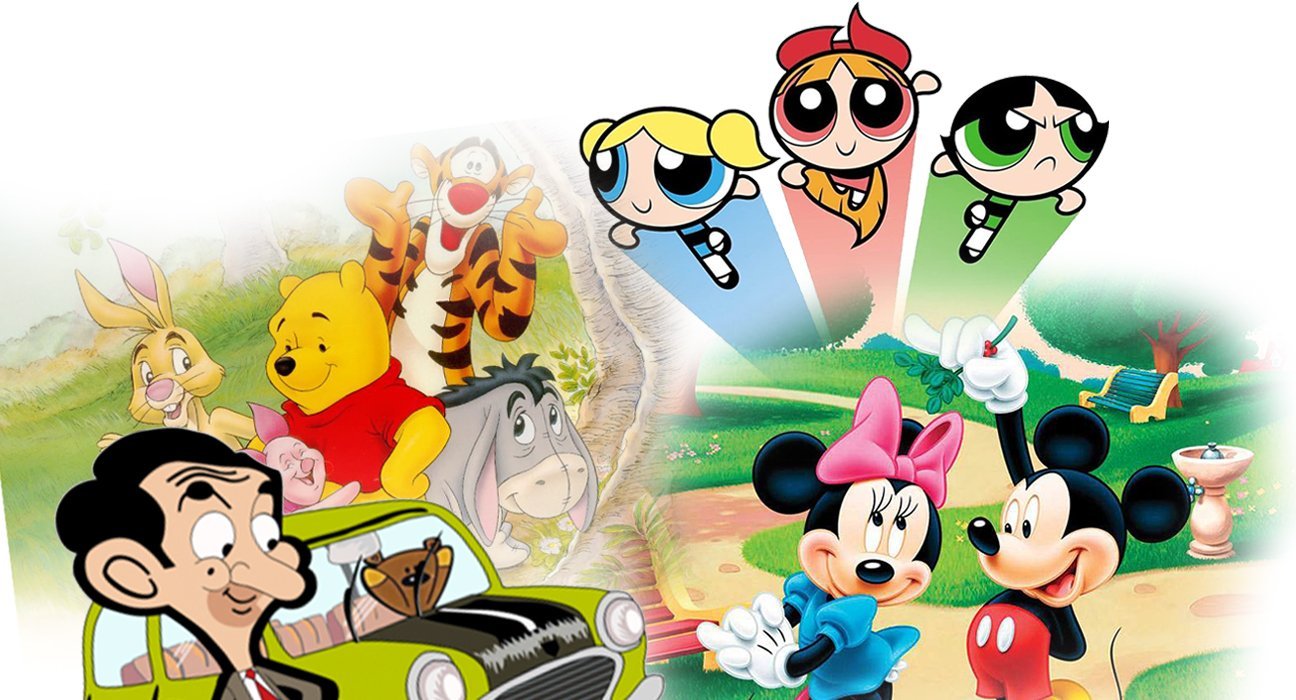Cartoons from the 1990s were a great source of entertainment among people, especially among children. As it was that time animated cartoons started getting famous among children. Just like any other form of media, cartoons too can have both positive and negative impacts on mental health. However, it’s important to keep in mind that the impact of cartoons on mental health varies from one person to another, depending on the individual viewer and their unique characteristics.
Before we further proceed our understanding of how 90’s cartoon had an impact on the mental health mainly of children. Let’s first understand what constitutes mental health. Mental health is important at every stage of life from childhood and adolescence through adulthood. Mental Health includes our emotional, psychological and social well-being. It affects how we think, feel and act.
Let’s come back to our topic: the impact of cartoons on mental health. Currently children are not sticking to TV for watching cartoons, with space of time a lot of technology gadgets are introduced like phones, tabs etc. Which facilitate them in watching cartoons. Recent psychological studies show that cartoons have both positive and negative effects on mental health.
POSITIVE IMPACT OF 90’s CARTOON
- Cultivating positive emotions: Cartoons help children to experience positive emotions such as happiness, cheerfulness, laughter and excitement. It is also a source of joy, humor and entertainment.
- Building positive characteristics: It provides children with positive role models and inspires them in building positive characteristics in themselves like helpful, brave, kind, empathetic and resilient.
- Teaching values: Some cartoons may have educational value, teaching children about important values, concepts, and life skills. Such as teamwork, friendship, problem-solving, communication and perseverance.

- Language acquisition: Cartoons can play a role in language acquisition for those young children who are still learning to speak and understand language. It provides exposure to new vocabulary, and contextual learning and improves their understanding of language.
- Cultural awareness: Exposure to different cultures and ways of speaking, clothing, and lifestyle can broaden children’s understanding of the world and develop sensitivity towards different cultures.
NEGATIVE IMPACT OF 19’s CARTOON
- Sometimes generating negative emotions: Some cartoons may contain scary or violent content that cause fear, anxiety, nightmares or aggressiveness in some children, the ones who are more sensitive or, either had traumatic experience or anxiety in the past.
- Leading to wrong ideology: Some cartoons that depict discrimination, prejudice, or stereotypes can reinforce wrong beliefs or attitudes and may contribute to a child’s wrong ideology about their self-image or social exclusion.
- Unrealistic content: Some cartoons that contain unrealistic content which can be created virtually but are not practically possible in the real world can contribute to a child’s low self-esteem.
- Excessive screen time: Excessive score example, obesity time in case of a child may include watching cartoons most of the time in a day can lead to health issues. It can be physical as well as mental health issues, for example obesity, lack of attention and concentration, sleep problems and addiction.
- Perception of food taste: Sometimes watching cartoons can contribute to one of possible distractions during meals, which could have an impact on a child’s enjoyment of food and their ability to fully appreciate its taste and texture. Sometimes when they are too much engrossed in what they are watching, they might not pay as much attention to what kind of food they are eating.
Understanding the Individuality of Children
In summary, it is important to consider the unique individual characteristics of children while evaluating the impact cartoons have on their mental health. Parents can moderate the negative impacts of cartoons:
- Balancing the screen time of the child
- Selecting age appropriate contents
- Watch cartoons with them
- Provide explanation regarding how cartoons and reality are two different things
- Install parental control applications
- Do not encourage eating in front of screen
- Encourage their children to do other activities like outside playing, reading books etc.
- In case a child is experiencing negative impact due to exposure to certain cartoons, it may be helpful to seek a mental health professional who can provide additional guidance and support.
- It is important for parents to note that cartoons should not be the sole source language learning of children. It must be employed with other methods of language learning like reading a book etc.













Leave feedback about this